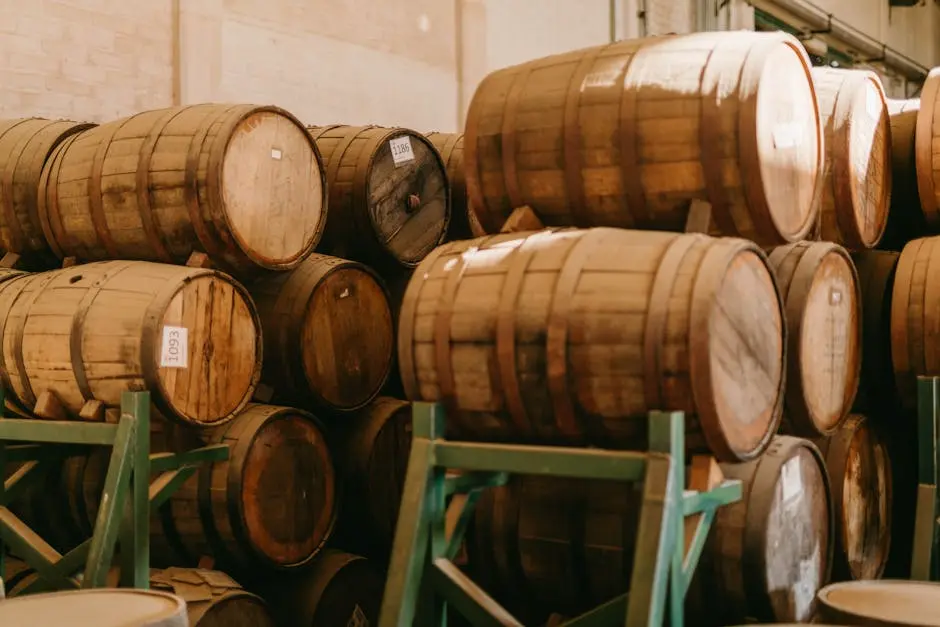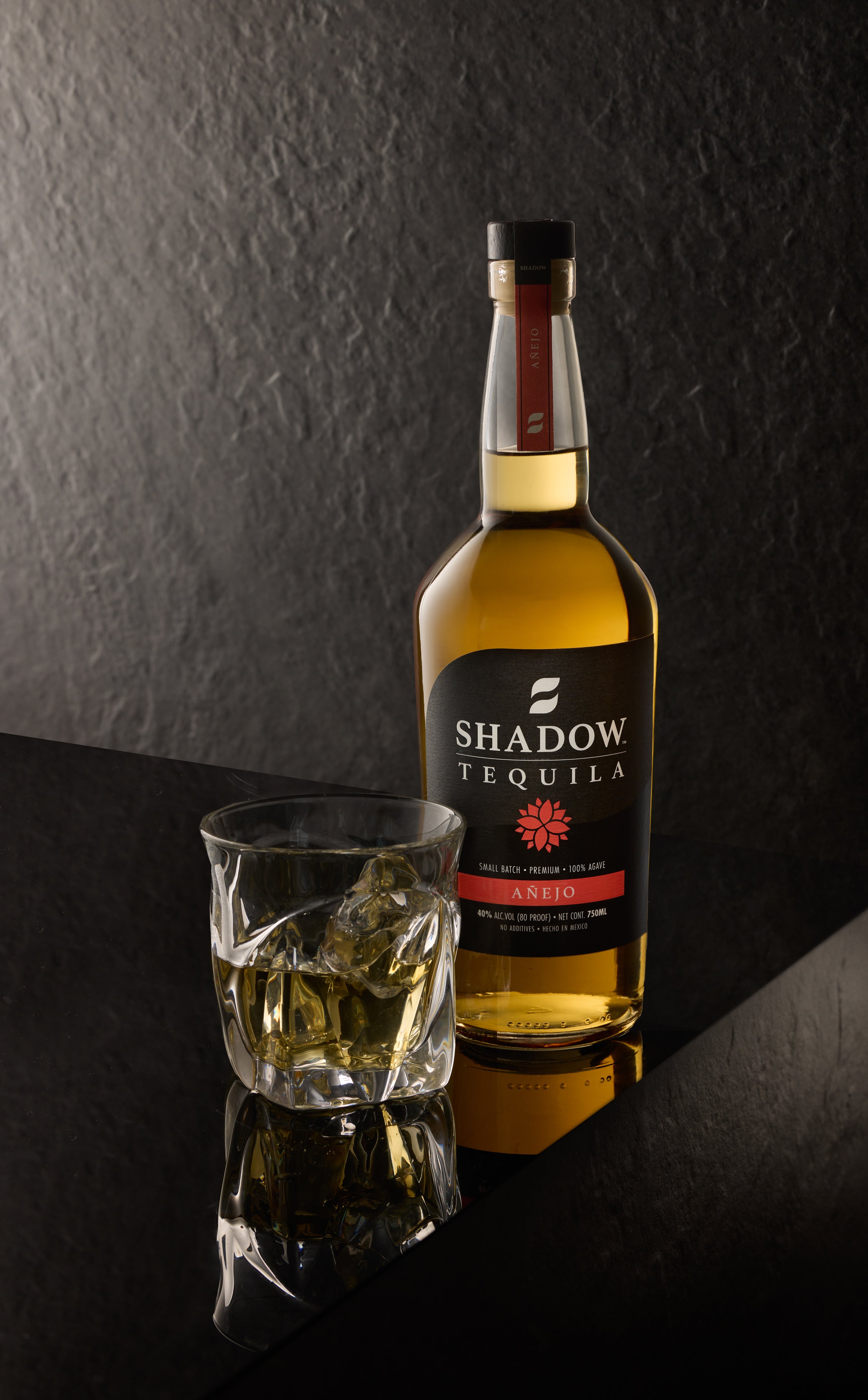Vanilla aroma in tequila is a delightful nuance that captivates enthusiasts and casual drinkers alike. But have you ever wondered what makes this sweet scent appear during the aging process? In this article, we explore twelve intriguing facts about the role of vanilla aroma in tequila aging. Get ready to uncover the science, the passion, and the culture behind this beloved spirit.
1. The Origins of Vanilla in Tequila Production
Vanilla flavor in tequila is not found in the agave plant but rather introduced during the aging process. This introduction primarily comes from the barrels used in maturation. Notably, the choice of wood and its treatment strongly influence how the vanilla aroma manifests in the tequila.
While many may associate vanilla directly with agave, it’s fascinating to realize that this aromatic flavor is essentially a byproduct of careful craftsmanship and aging techniques. The journey of vanilla in tequila truly begins when the spirit is placed into the barrel.
2. How Oak Barrels Contribute to Vanilla Notes
The type of oak used in barrel-making plays a crucial role in developing the vanilla aroma. American oak, in particular, is known for its sweet and creamy vanilla characteristics. This specific wood contains higher levels of vanillin, the compound responsible for that comforting vanilla scent, which is drawn out as the tequila interacts with the wood.
Interestingly, other types of oak, such as French oak, offer a unique spin on the vanilla notes. This variety can impart more subtle, complex flavors and aromas, allowing for a delightful contrast or complement to the more robust vanilla profile typically provided by American oak.
3. The Role of Barrel Toasting and Charring
The process of toasting or charring the inside of the barrel releases vanillin, a compound that contributes to the vanilla scent. Different toasting levels produce varied flavor profiles. For instance, a light toast might introduce gentle, sweet vanilla notes, while a heavy char might lead to deeper, richer aromas with hints of caramel.
It’s fascinating to note how these processes are not just about enhancing flavors but also about safety and preservation. Charring, for instance, serves to create a barrier that protects the tequila from excessive oxidation, thus maintaining its rich flavors while also ensuring the extraction of desired aromatic compounds.
4. Time Equals Flavor: The Aging Process
The longer tequila ages in barrels, the more pronounced the vanilla aroma becomes. This is due to the interaction between the spirit and the wood over time. During the aging process, the tequila penetrates deeper into the wood, allowing even more vanillin to be released and integrated into the spirit.
However, there’s a fine balance to consider. While longer aging can lead to richer flavors, over-aging can result in an overwhelming woodiness that masks the more delicate nuances of the tequila. Master distillers often rely on their expertise and intuition to decide the perfect aging period for each batch.
5. Temperature’s Impact on Flavor Development
Temperature fluctuations can affect the rate at which tequila interacts with the wood, influencing the development of the vanilla notes during aging. Warmer temperatures can accelerate this interaction, leading to bolder vanilla characteristics emerging more quickly than in cooler conditions.
Conversely, in cooler temps, the flavor development may take longer, resulting in more subtle layers of vanilla that can beautifully interplay with the spirit’s other notes. This nuanced relationship between temperature and flavor highlights just how much environment plays a role in tequila production.
6. Balancing Act: The Sweetness of Vanilla with Other Aromas
The vanilla aroma harmonizes with other flavors found in aged tequila, such as caramel and spice, creating a well-rounded tasting experience. The balance of these aromas is crucial; if one overpowers the others, the tequila can lose complexity.
For example, a well-balanced tequila will allow the vanilla notes to share the stage with smooth caramel undertones and perhaps a hint of pepper or citrus. This creates an inviting bouquet that keeps you coming back for another sip, making the tasting experience truly memorable.
7. The Influence of Agave Roast on Flavor
The method of agave roasting before fermentation can also impact the final flavor profile, including the presence of vanilla notes in the finished product. Traditional stone-cooking methods can yield softer, more rounded flavors, while modern methods got a quicker but less nuanced result.
Some producers intentionally choose a roasting method that complements their intended flavor profile, knowing that the variability of the agave roast can enhance or detract from the emerging vanilla aroma. It’s yet another example of the intricate dance between various processes in tequila production.
8. Artisan vs. Industrial Production Differences
Artisan tequila producers often use specific barrel techniques that enhance vanilla aromas, whereas mass-produced tequilas may prioritize efficiency over flavor complexity. This difference can be stark; artisan methods often involve more human touch and traditional practices, leading to tequilas brimming with character.
In contrast, industrial producers might rely on technology and scale, which can sometimes diminish the overall sensory experience. Understanding these distinctions allows consumers to make informed choices about what aspects of tequila they value most.
9. Exploring the Different Types of Aged Tequila
Different aging categories like Reposado, Añejo, and Extra Añejo showcase varying levels of vanilla aromas based on their aging duration and barrel treatment. Reposado, aged from two months to a year, typically has a gentler vanilla character, while Añejo showcases bolder, richer flavors from longer aging.
Extra Añejo, aged for over three years, often delivers an intense and luxurious experience with layers of complex vanilla and other aromatic notes woven throughout. Each category offers a unique tasting journey, inviting exploration and appreciation of their distinctive characteristics.
10. The Science Behind Aroma Perception
Understanding how we perceive vanilla aroma involves delving into the science of smell and how our brains interpret these scents during tasting experiences. The olfactory system plays a pivotal role, as scent molecules bind to receptors and send signals to the brain.
This process not only allows us to identify flavors but also evokes memories and emotions. When enjoying a glass of tequila with prominent vanilla notes, you might find yourself reminiscing about comforting desserts or cherished moments, which adds to the overall enjoyment of the spirit.
11. Pairing Food with Vanilla Aged Tequila
The sweetness of vanilla aroma in tequila can be paired with a variety of foods, enhancing your culinary experience and complementing flavors well. Think of savory dishes like grilled chicken served with a mango salsa, where the vanilla notes can accentuate the dish’s sweetness.
For dessert lovers, a vanilla-aged tequila can elevate a dish like crème brûlée or chocolate mousse, creating a harmonious match that highlights the spirit’s aromatic complexity while offering a delightful taste sensation.
12. The Growing Popularity of Vanilla Aged Tequilas
With increasing interest in premium spirits, vanilla aged tequilas are becoming sought-after choices among consumers looking for unique tasting experiences. This trend reflects a wider appreciation for artisan methods and traditional craftsmanship, as drinkers become more discerning.
In this evolving market, many drinkers now actively seek out small-batch producers who prioritize flavor complexity, vanilla aromas included, over mass production. This shift signals an exciting time in the world of tequila, where quality is taking the forefront.







